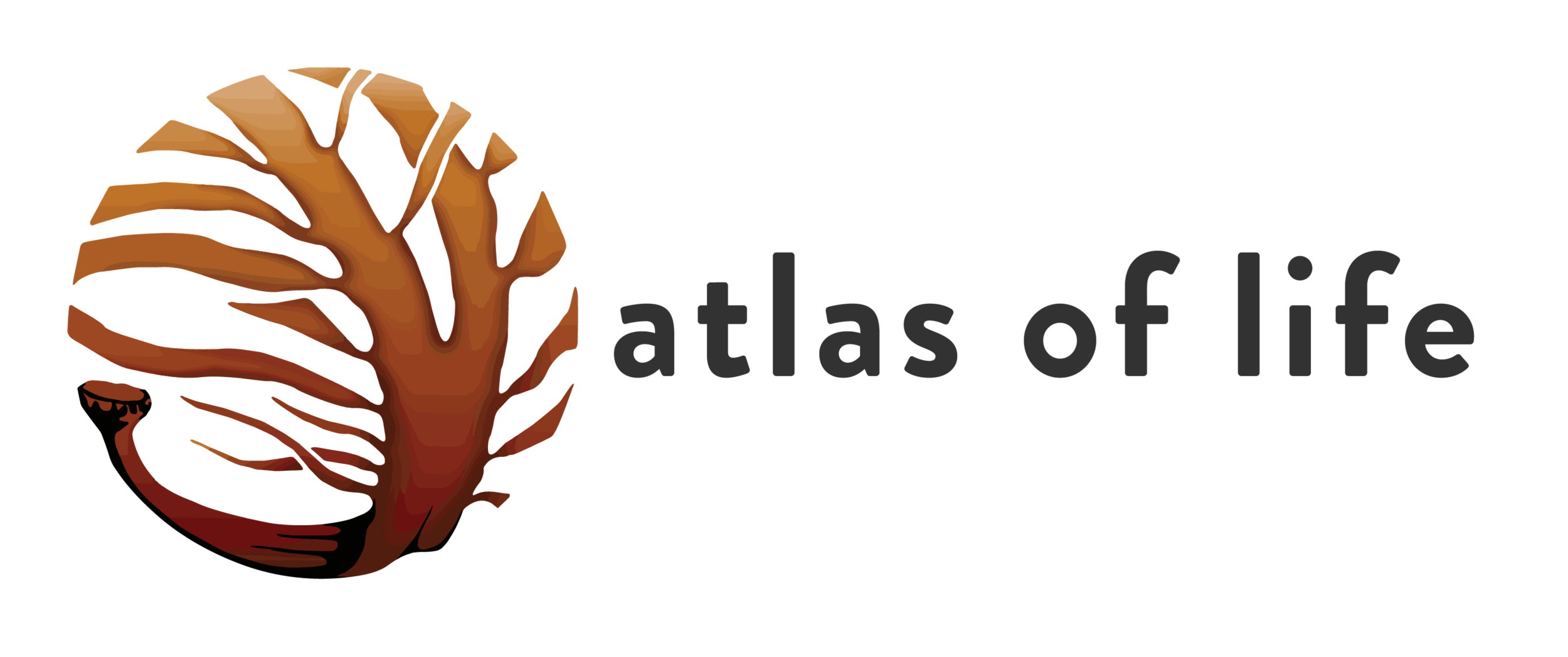Blue Tide Creatures
CREATURE FEATURE
by Liz Allen
February, 2017
On a recent trip to Lennards we found Porpita in a pool and a few days later I found a few more creatures of a Blue Tide. Many animals that float on the ocean tend to be blue on one side and pale underneath. At various times they drift inshore and are stranded on beaches in large numbers – a Blue Tide.
Introducing a few of the commonly-encountered members of the Blue Tide …
Porpita (Blue Buttons) are cnidarians and like most animals in that phylum, they use stinging cells to catch prey. They share another common cnidarian feature - what appears to be a single animal is actually a colony. They are attached around the edge of a flat, floating disc.
Porpita is actually not one animal but an entire colony, all attached to a single, floating disc.
Porpita float dark side up so as to blend with the ocean from winged predators and pale side down so as to be camouflaged from predators underneath.
Velella velella (By-the-wind sailor) is another colonial cnidarian. The most obvious difference is that the floating disc has a vertical sail.
Velella velella is a common member of the Blue Tide, its sail pushing it onshore during strong easterly winds.
A third cnidarian is the best known member of the Blue Tide. Commonly called a Bluebottle, Physalia is yet another colonial animal.
Physalia … the float is formed from the larval medusa. The other members of the colony are formed by budding, each specialised for a particular function.
Then there are the predatory molluscs …
These animals hunt the hunters. They too float on the sea surface as part of the Blue Tide. And the prey upon the cnidarians floating along with them … Velella, Porpita, and even the much-larger and well-defended Physalia!
Glaucus atlanticus (Sea Lizard or Sea Swallow, among many other common names) is a nudibranch. A floating one. It has a gas bladder that causes it to float with its blue belly uppermost. It glides upside down along the surface tension of the water. It fills its finger-like body extensions with stinging cells recycled from the cnidarians it eats.
Glaucus, stranded on the beach.
Janthina janthina (Violet Snail) also float on the surface. The empty shells are commonly found washed ashore, their light weight making them easily recognised. When alive, the animal floats upside down at the sea surface. The float is rather unique. The snails secretes a special mucous than traps air and then hardens … making the bubble raft. It will eat whatever it comes across, including other members of the Blue Tide such as Physalia … and even barnacles attached to floating material!
Janthina, freshly stranded with bubble raft intact. The barnacles may have been its most recent meal!
If you have a story to tell about life in your part of the Atlas of Life region, please consider sending us a Creature Feature story. Contact Atlas of Life.










